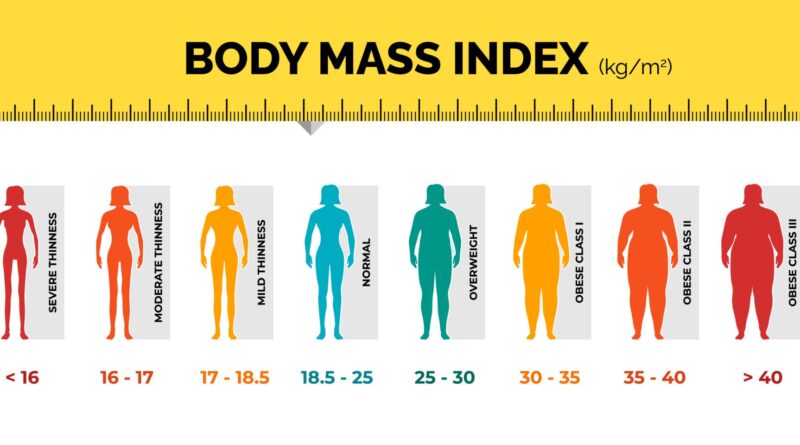How Do I Use A BMI Calculator To Determine My Body Mass Index (BMI)?
The Body Mass Index (BMI) calculator is a simple, easy-to-use tool that provides a quick snapshot of your health. It is a measurement that shows an individual’s weight in relation to their height. Although it isn’t an exact science, it indicates whether a person is underweight, overweight, or at a healthy body weight for their height. This article explains how to use a BMI calculator, touching on topics like BMR (basal metabolic rate) and body fat percentage calculators alongside.
The first step to using a BMI calculator is to gather your measurements. You would need measurements of your weight (in pounds or kilograms) and your height (in inches or metres). Once you’ve procured these measurements, enter them into the BMI calculator. The calculator divides your weight by your height squared. The derived indicative value helps you understand if you need to gain weight, lose weight, or maintain your current weight.
It’s important to remember that while a BMI calculator is a practical way to assess your body health, it doesn’t always paint the full picture. It doesn’t differentiate between weight due to muscle and weight due to fat. For example, a bodybuilder with a lot of muscle mass might register as obese according to BMI, which doesn’t reflect their actual health status. This is where a BMR calculator and a body fat percentage calculator can be useful.
The BMR calculator, also called the Basal Metabolic Rate calculator, measures the number of calories your body needs to maintain its current state while at rest. It is essentially the number of calories you would burn if you stayed in bed all day. This measurement is useful in complementing the results of the BMI calculator because it considers aspects like age, gender, weight, and height, providing a more comprehensive understanding of your body’s energy expenditure.
Using a BMR calculator requires inputting your age, gender, weight, and height. Upon calculation, it gives you the minimum number of calories you need to consume for your body to function effectively.
Sometimes, it’s not just about losing or gaining weight but about understanding the composition of that weight. This is where the body fat percentage calculator comes into play. It breaks down your weight into lean mass and fat weight, which can help you make more specific health goals. Bodybuilders or fitness enthusiasts often use it to track their progress accurately. To use a body fat percentage calculator, one needs to input their waist and hip measurements, neck measurement, weight, and height. The result shows what percent of your total weight is fat mass and what percent is non-fat mass (bones, muscles, and organs).
Although BMI, BMR, and body fat percentage calculators can provide helpful insights about your health, they are only tools that provide approximations. Achieving your health goals will depend on numerous factors like diet, physical activity, stress levels, and underlying medical conditions. Also, remember that everyone’s body is different, and the ‘ideal’ values suggested by these calculi should not supersede a health consultant’s advice.
Nonetheless, these fitness tools are accessible and convenient, giving you the capacity to monitor trends and patterns, set realistic goals, and gauge health improvements over time. When used correctly, the BMI, BMR, and body fat percentage calculators can serve as valuable friends in your fitness journey, providing information that can help you make smarter, more informed decisions about your health.
In conclusion, using a BMI calculator involves knowing your weight and height, inputting these measures into the calculator to find out your BMI. However, the more complete picture of your health would require using BMR and body fat percentage calculators as well. These tools can help you understand the energy your body needs, and the distribution of fat mass and lean body mass in your body, respectively. Remember always to consult with a healthcare professional before embarking on any significant changes in your diet or exercise routine. And most importantly, remember that health isn’t defined by any single measure; it’s about how you feel inside and out.

